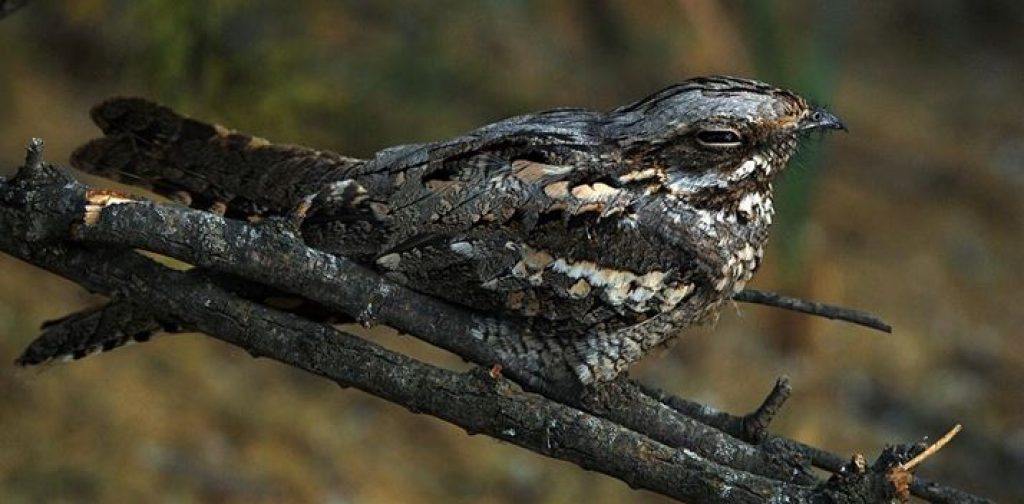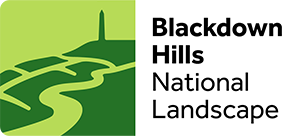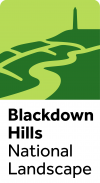Volunteer Week 2021: Wildlife Surveying in the Blackdown Hills
This week is National Volunteering week (1 -7 June) and what better time than now to celebrate all the hard work which the volunteers do to monitor and help protect wildlife across the Blackdown Hills AONB.

Crayfish surveying volunteers.
The varied landscape of the Blackdown Hills AONB supports a rich assemblage of wildlife and part of what the AONB aims to do is to understand more about the species that live here. To do this we work with volunteer groups, landowners and other partners such as Forestry England and Butterfly Conservation to survey for threatened or under researched species such as adders and brown hairstreak butterflies in order to understand how best to manage the habitat where they are found in and to understand how populations are changing.
Wildlife monitoring and surveying over the years has including crayfish; butterflies; bat species; reptiles and amphibians; small mammals such a dormice; invertebrate species and many more…
Find out how to submit a wildlife sighting in the Blackdown Hills and where the data goes to.
Current Wildlife Surveying Opportunities
We are currently recruiting volunteers to survey for the enigmatic nightjar, whose population in the Blackdown Hills is relatively unknown but where we know there is plenty of suitable habitat for them.

Nightjar
Working with Forestry England, British Trust for Ornithology and Somerset Ornithological Society, volunteers will be surveying 10 sites across the Blackdown Hills at dawn and dusk (some anti- social hours required at this time of year!) during June and July looking for the churring males. Nightjars are a very distinctive bird, who are long distance migrants, over wintering in Africa before heading to Europe for the summer between May to August. Nightjars are inactive during the daytime and their cryptic camouflage means they are incredibly hard to spot on their nests on the ground amongst heathland. The best time to see them is as they become active at dusk and dawn as they hawk for insects. They are especially distinctive because of their churring call, swooping flight pattern and ‘wing clapping’ and are definitely worth the early start to see them.
Find out more about how to become a nightjar surveyor.





